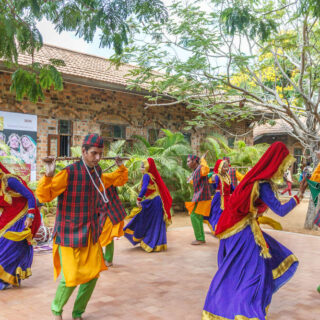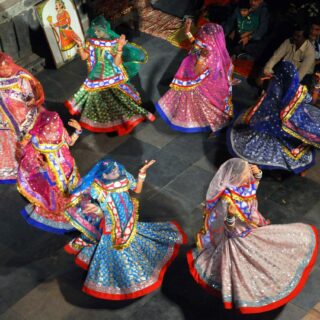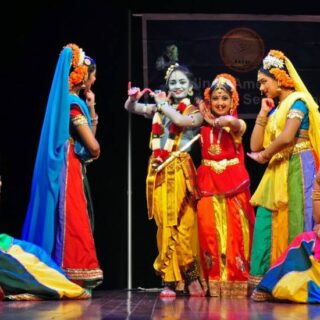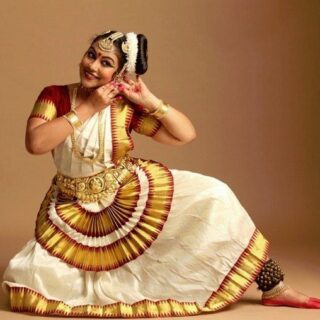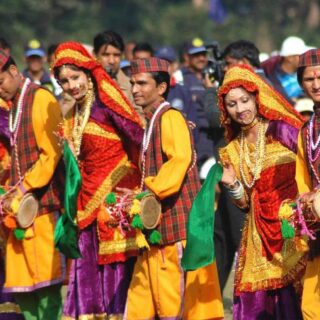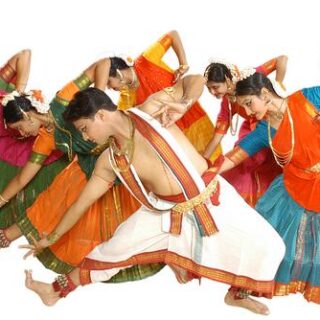Folk Dances of India: Jhora
Jhora folk dance is native to the states of Himachal Pradesh and Uttarakhand where it is celebrated with all pomp and show during the springtime celebrations by the locals. Jhora folk dance finds its root in the Kumaon region of Uttarakhand, historically known as Uttaranchal.



